A new Iran nuclear deal—without sunset
By Robert J. Goldston | May 2, 2025
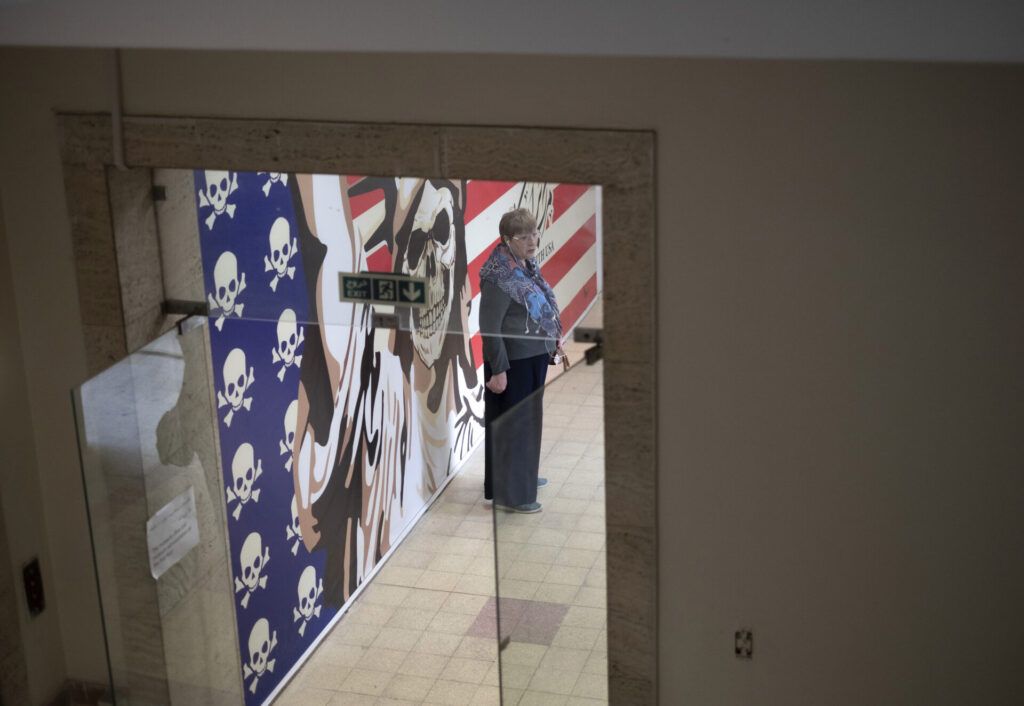 A Russian tourist stands in front of an anti-U.S. mural as she visits the former U.S. embassy in downtown Tehran, Iran, on April 12—the day of the Iran-U.S. nuclear discussions. (Photo by Morteza Nikoubazl/NurPhoto via Getty Images)
A Russian tourist stands in front of an anti-U.S. mural as she visits the former U.S. embassy in downtown Tehran, Iran, on April 12—the day of the Iran-U.S. nuclear discussions. (Photo by Morteza Nikoubazl/NurPhoto via Getty Images)
American and Iranian delegations met recently in Oman and Italy to begin discussions on a new Iran nuclear deal. President Trump’s Middle-East envoy, Steve Witkoff, even met with Iranian Foreign Minister Abbas Araghchi. Apparently, the discussions were constructive and promising. And Iran has just proposed talks with European countries who were party to the 2015 Iran nuclear agreement, which the United States abandoned during the first Trump administration.
But what is there to discuss?
At one extreme, there might be an agreement to dismantle the entire Iranian nuclear enterprise in exchange for sanctions relief. It is hard to imagine, however, that the Iranian government would agree to this. At the other extreme, the United States and Israel could take military action to destroy Iran’s nuclear program. The effectiveness and full consequences of this are unknowable, perhaps unthinkable. Certainly, however, it would motivate Iran to use what remained of its nuclear expertise, its highly enriched uranium, and its nuclear infrastructure to build nuclear weapons. Short of military conquest, this would be very hard to prevent.
Is there a middle way? Iran has repeatedly stated that it desires uranium enrichment capacity to fuel its present and future civilian nuclear power plants. The United States, for its part, has stated that its red line is that Iran will never have a nuclear bomb. Steve Witkoff has mentioned verification, suggesting, indeed, openness to a middle path—subject to President Trump’s approval.
Around the time that the original nuclear deal with Iran was adopted, I researched the possibility for such a middle path. I was concerned, like others, about the time after key clauses in the deal—such as limitations on Iran’s stockpile of enriched uranium and on its enrichment capacity, would “sunset”—and no longer be applied. I published the results with my student, Mark Walker, in a paper titled, “Timely Verification at Large-Scale Gas Centrifuge Enrichment Plants,” in the journal Science and Global Security. In it, we discussed means to provide, in effect, timely, hair-trigger verification of illiicit activity at even a large-scale enrichment plant. One key element of such a verification process: The ability to know, immediately, when partially enriched uranium is fed into centrifuges for further enrichment—the fastest route to weapons-grade material. Another student, Eric Lepowsky, has validated the operation of a robotic neutron detector that can do just this job and published the results in the journal Nuclear Instruments and Methods. Using such robots for inspection of the centrifuge halls, coupled with secure cameras, looking in this case for highly-enriched uranium product and the means to extract it, would complement the systems put into place under the original nuclear deal with Iran. Under a new Iran nuclear deal, the prior verification tools would have to be reinstituted and put in secure, real-time contact with an inspection agency, presumably the International Atomic Energy Agency (IAEA) in Vienna. The new robotic verification tools we described would make the IAEA’s inspection job less resource-intensive, even as they provided timely notification of activities human inspectors should respond to.
It would be very important, in addition to verification of activity at enrichment plants, to reinstitute other aspects of the prior Iran deal, including verification of the supply chains for uranium and for the parts used to construct new centrifuges.
It is important that none of these verification provisions would sunset in a new deal with Iran. The original 2015 Iran nuclear agreement’s major limitations on enrichment capacity and uranium stockpiles would have been lifted after 15 years, in 2030. Such sunsetting was a major reason that the first Trump administration exited the 2015 deal.
At the start of a new deal with Iran, a re-baselining of the Iranian nuclear infrastructure would be required, since knowledge about it has been interrupted. Furthermore, the existing highly enriched uranium in Iran would need to be blended down to low enrichment or exported.
What would Iran get in such a deal? Unlike in the original deal, Iran would be allowed to have as much low-enriched uranium and as much enrichment capacity as it needed for its peaceful nuclear program. This would serve the function that Iran has stated publicly, and repeatedly, is its intent—to have the ability to maintain and expand a peaceful nuclear energy program.
What would the United States get? It would get the means to assure that Iran would never even begin to produce the highly enriched uranium needed for a bomb without the immediate knowledge of the international community. The expanded verification measures described here would set a barrier to acquiring the material for a nuclear bomb, and efforts to cross this barrier would be quickly detected.
It is within the legal purview of the IAEA to provide timely detection of any misuse of nuclear facilities, so this approach could (and should) be expanded to other countries without nuclear weapons that desire the capacity to produce fuel for nuclear reactors. This larger goal may indeed be necessary if nuclear power is to be expanded without putting the world in greater danger of the use of nuclear weapons in war.
Together, we make the world safer.
The Bulletin elevates expert voices above the noise. But as an independent nonprofit organization, our operations depend on the support of readers like you. Help us continue to deliver quality journalism that holds leaders accountable. Your support of our work at any level is important. In return, we promise our coverage will be understandable, influential, vigilant, solution-oriented, and fair-minded. Together we can make a difference.
Keywords: Abbas Araghchi, IAEA, Iran nuclear deal, Steve Witkoff, verification
Topics: Analysis, Nuclear Energy, Nuclear Weapons

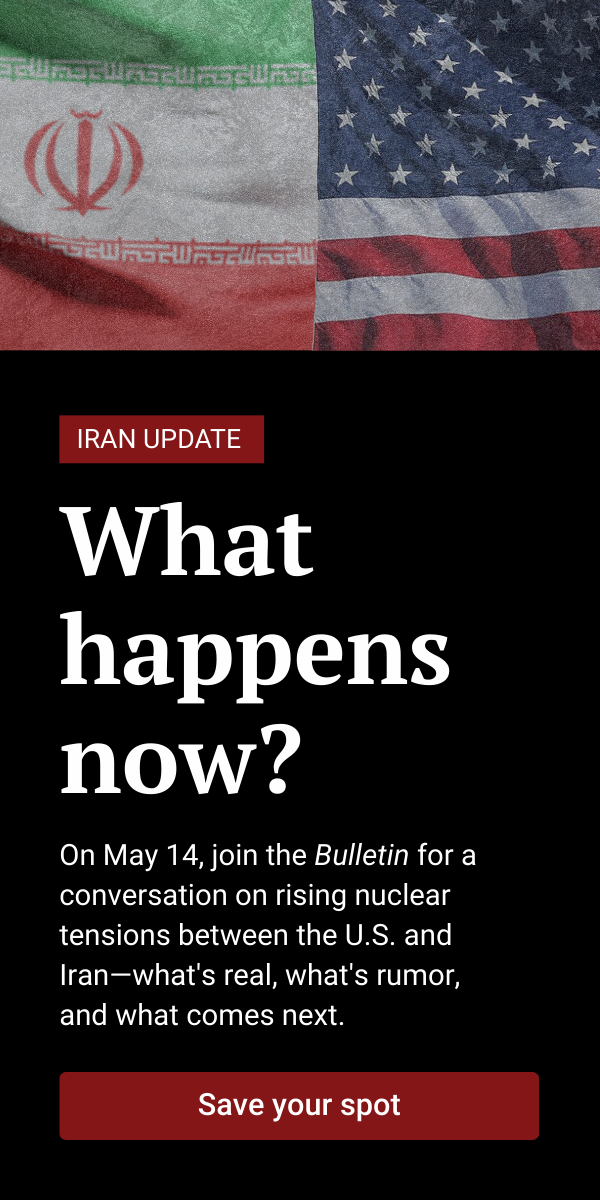
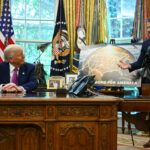
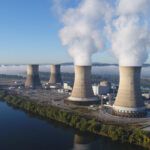



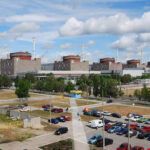


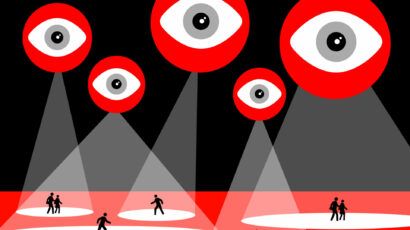
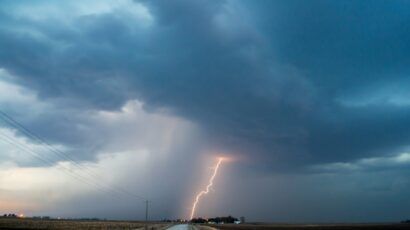
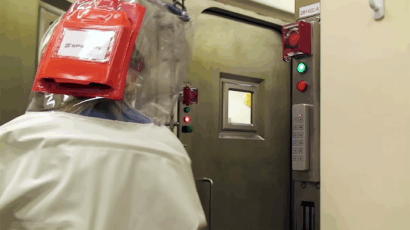
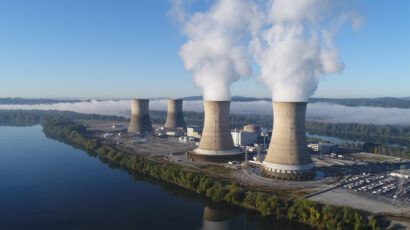

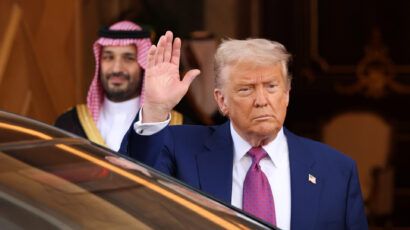
It’s been said that when you repeat lies over and over, you will believe your own lies as truth. Iran has repeatedly said it will not develop nuclear weapon and that was the basis for the 2015 JCPOA and it was US who tore up the agreement and did not perform its commitment. Same with European trio that played with Iran from 2018 when Trump tore up the deal (under Natanyahu’s lies and pressure) to 2019 promising that Intex (European ransaction clearing house) will allow Iran and Europe to keep their end of the bargain and bypass sanctions. This was… Read more »
You wasted your research and everything that went into that research to monitor Iran’s nuclear programme for compliance, but have you ever asked yourself why Israel’s nukes shouldn’t be destroyed?
Israel has been under threat of annihilation by Islamic governments & terrorists since it’s inception. It has been constantly attacked despite all efforts at peaceful coexistence, with those enemies repeatedly rejecting proposals for peace.
It’s only guarantee of surviving surrounded by dozens of hostile Islamic States is the nuclear deterrent.
THAT is precisely why it’s nukes must remain.
And why Iran cannot have nukes.
Same could be said of Iran. It has constantly been threatened by Israel so it should have nukes to protect itself
A sweetener for the Iranians to consider and discuss the dismantling of their own nuclear programme is for the Israelis to do the same and shut down Di Mona the Iranians may then at least be talked away from nuclear power stations. A total denuclearization of the Arabian Peninsula and wider Middle East is in the grasp of humanity, after all Israel is surrounded by cheap oil, all they have to do is pick up the phone and talk to their neighbours. Let dialogue begin. Only reason why Tehran is hard is because Tel-Aviv is hard too! Soften the posturing…… Read more »